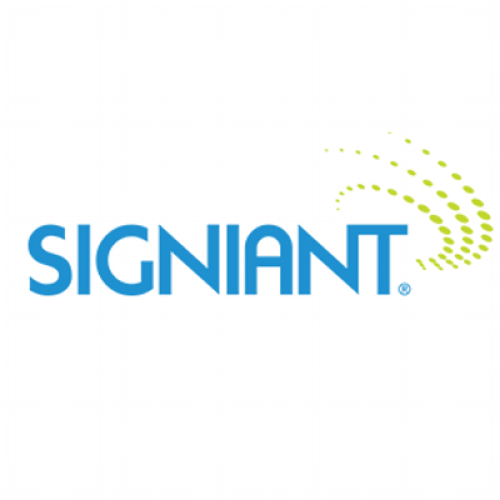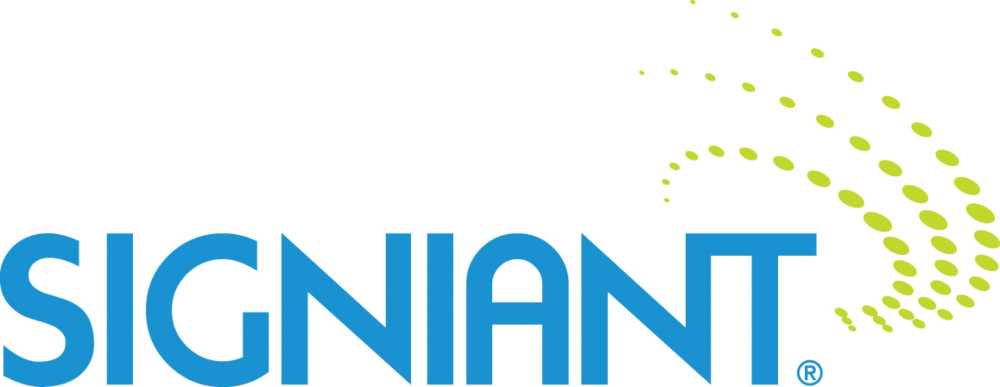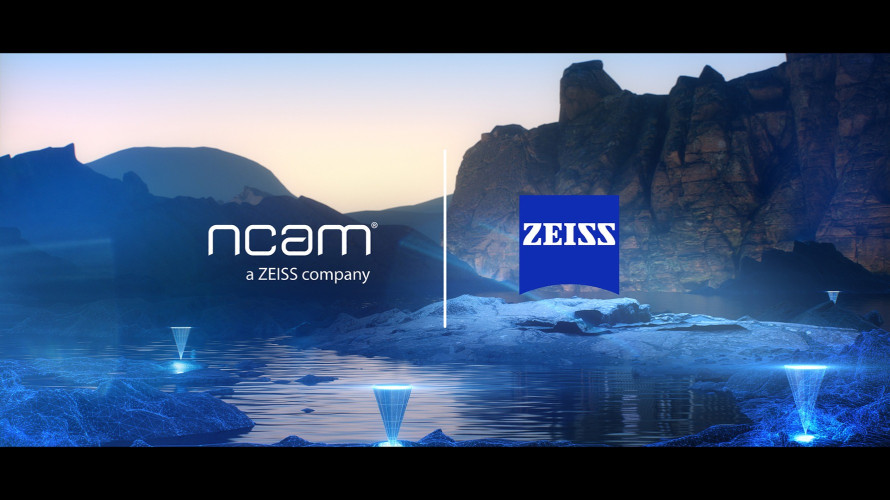Transforming Post Production With Content Supply Chain Management

Author: Bob Pank#
Published 1st May 2011
These are challenging times for post-production companies and operations. Even the most sophisticated post houses are scrambling to evolve their content chains in the face of game-changing trends: the move from tape- to file-based workflows, the growth of new distribution outlets and windows, and the drive towards same-day-and-date release of major motion pictures – a critical strategy for capturing maximum revenue and increasing ROI. Indeed, traditionally in-house post functions such as editing, dubbing, and special effects have been transformed by today’s digital workflows, enabling them to be outsourced to freelancers and smaller specialty groups.
This decentralization brings the promise of lowered costs and greater flexibility, but it also requires significant coordination and collaboration in order to ensure that interdependencies adhere to the schedule. Plus, such a scheme is absolutely dependent on a reliable system for the business-to-business transfer of digital assets – enabling post companies to securely and seamlessly exchange content with business partners outside the enterprise. This exchange is complicated by the increased size of the files required to traverse the network, with “super HD” formats such as 1080p 50/60, and even 3D becoming more prevalent. Working in these new formats often requires moving files that are two to 10 times the size of SD, putting additional strain on the content supply chain.
Content supply chain management (CSCM) solutions such as Signiant are designed to address these challenges for post operations, by interconnecting the supply chain and aggregating all content processing and distribution tasks. Via accelerated content transport, CSCM enables the rapid, reliable, and efficient movement of very large files, even up to 1 TB. An end-to-end security model based on B2B content peering enables content to flow across company boundaries seamlessly and without interruptions, while maintaining enterprise security policies. In addition, the ideal CSCM solution provides a centrally managed suite of resources for tracking content exchanges and re-prioritizing bandwidth, to ensure that files are delivered with first-class efficiency.
Through content process automation, CSCM eliminates inefficient manual processes along with the delays and errors that are sometimes inevitable with human intervention. In fact, organizations can expect a 50 percent productivity gain through automation of content processes, with solid cost savings from 30 percent to 1,000 percent over the old manual, tape-based methods for exchanging content assets.
CSCM, therefore, is much more than a scheme for moving large files from one point to another. When implemented correctly, CSCM can lead the way for post organizations to cost effectively adopt file based workflows, gain control of their assets, scale their digital business, and capture new distribution window opportunities that will transform the business.
###
Tony Lapolito is vice president, product management and marketing for Signiant, a pioneering provider of content supply chain management software that empowers global organizations to automate, accelerate, and simplify the movement of content.






























